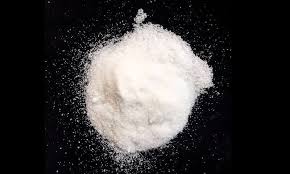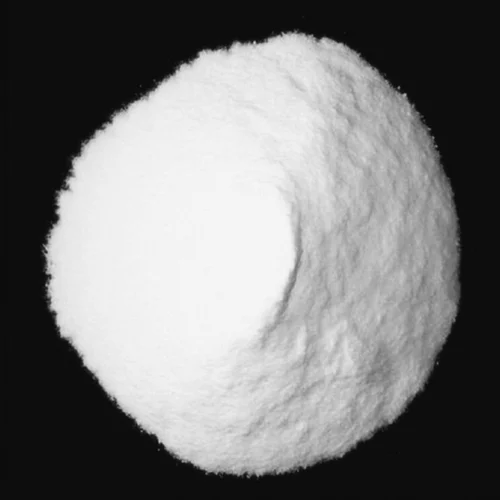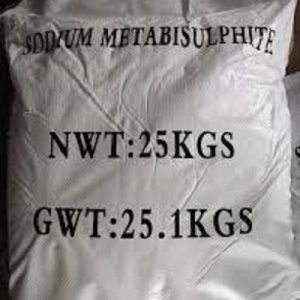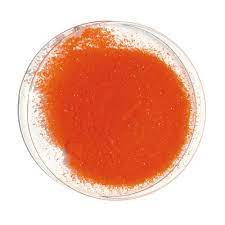Best Sodium Metabisulfite Manufacturer

Sodium metabisulfite, a compound with a multifaceted nature, is a chemical marvel that finds applications in diverse industries. This article aims to delve into the intricacies of sodium metabisulfite, uncovering its properties, applications, and significance across various domains.
Chemical Composition and Structure:
Sodium metabisulfite, with the chemical formula Na2S2O5, is a white to yellowish powder that dissolves easily in water. Its structure consists of two sodium (Na) ions, two sulfur (S) atoms, and five oxygen (O) atoms. This composition underscores its utility in various chemical processes.
Properties of Sodium Metabisulfite:
Understanding the properties of sodium metabisulfite is crucial in appreciating its applications. It is a powerful reducing agent, meaning it readily donates electrons in chemical reactions. This characteristic makes it valuable in diverse industries.
- Solubility: Sodium metabisulfite exhibits high solubility in water, enabling convenient incorporation into aqueous solutions for various applications.
- Stability: In its solid state, it is relatively stable. However, when exposed to heat, it can decompose to release sulfur dioxide gas, showcasing its sensitivity to temperature.
- Antioxidant Properties: Sodium metabisulfite serves as an antioxidant, preventing oxidation in certain substances. This property is harnessed in the food and beverage industry.
Applications in the Food Industry:
Sodium metabisulfite plays a pivotal role in the food industry, where its antioxidant and antimicrobial properties find extensive use.
- Preservative: It serves as a preservative in various food products, preventing spoilage and extending shelf life. Commonly used in dried fruits, sausages, and wine, it inhibits the growth of bacteria and molds.
- Dough Conditioner: In baking, it acts as a dough conditioner, enhancing the elasticity of the dough and improving the quality of baked goods.
- Beverage Production: The wine industry employs sodium metabisulfite to sterilize equipment and prevent the oxidation of wine, preserving its flavor and color.
Role in Water Treatment:
Sodium metabisulfite’s ability to release sulfur dioxide makes it effective in water treatment processes.
- Dechlorination: It is utilized for dechlorination in wastewater treatment plants. By neutralizing chlorine, it prevents its harmful effects on aquatic life.
- Disinfection: Sodium metabisulfite contributes to the disinfection of water by eliminating unwanted microorganisms.
Photography and Film Industry:
In the realm of photography and film development, sodium metabisulfite serves a crucial purpose.
- Developer Solutions: It is used in developer solutions to reduce the silver ions in photographic emulsions, facilitating the development of images on film.
Textile Industry Applications:
Sodium metabisulfite finds a place in the textile industry owing to its reducing properties.
- Dyeing Process: It is employed as a reducing agent in the dyeing process, assisting in the fixation of dyes to fabrics.
Gold Mining and Ore Processing:
The mining industry utilizes sodium metabisulfite for extracting precious metals like gold.
- Gold Extraction: In gold mining, it acts as a reducing agent to precipitate gold from auric acid solutions, contributing to the extraction process.
Wine and Beer Making:
Winemakers and brewers leverage sodium metabisulfite for various purposes in the production of alcoholic beverages.
- Sanitization: It is used to sanitize equipment, preventing the growth of unwanted microorganisms during fermentation.
- Stabilization: Sodium metabisulfite stabilizes wine and beer, preventing oxidation and maintaining the desired taste and color.
Health and Safety Considerations:
While sodium metabisulfite offers diverse benefits, it is essential to acknowledge potential health and safety considerations.
- Allergies: Some individuals may be sensitive or allergic to sulfites, and consumption can lead to adverse reactions.
- Handling Precautions: When handling sodium metabisulfite, protective measures such as gloves and masks are recommended to avoid inhalation or skin contact.
Conclusion:
In conclusion, sodium metabisulfite emerges as a versatile compound with applications spanning various industries. Its significance as a preservative, reducing agent, and sanitizer underscores its ubiquity in our daily lives. However, a nuanced understanding of its properties and potential risks is imperative for responsible and safe utilization across diverse sectors. This comprehensive exploration seeks to shed light on the myriad facets of sodium metabisulfite, unraveling its secrets and unveiling its role in shaping industries and processes globally.




Ole (verified owner) –
The delivery was so fast.
Pierre (verified owner) –
Reliable chemical seller
Anders (verified owner) –
The delivery was so fast.
Luc (verified owner) –
Reliable chemical seller
Nickson (verified owner) –
Good quality.
Tariq (verified owner) –
Good quality.
Nicolas (verified owner) –
All bags arrived in good shape
Marie (verified owner) –
Received all test certificates before shipment came
Marco (verified owner) –
The product is firmly packed.
Mette (verified owner) –
Fast and secure shipping.
Johnes –
Good quality. Very fast delivery.
Élise (verified owner) –
Reliable chemical seller
Layla (verified owner) –
Very well worth the money.
Jens (verified owner) –
Received all test certificates before shipment came